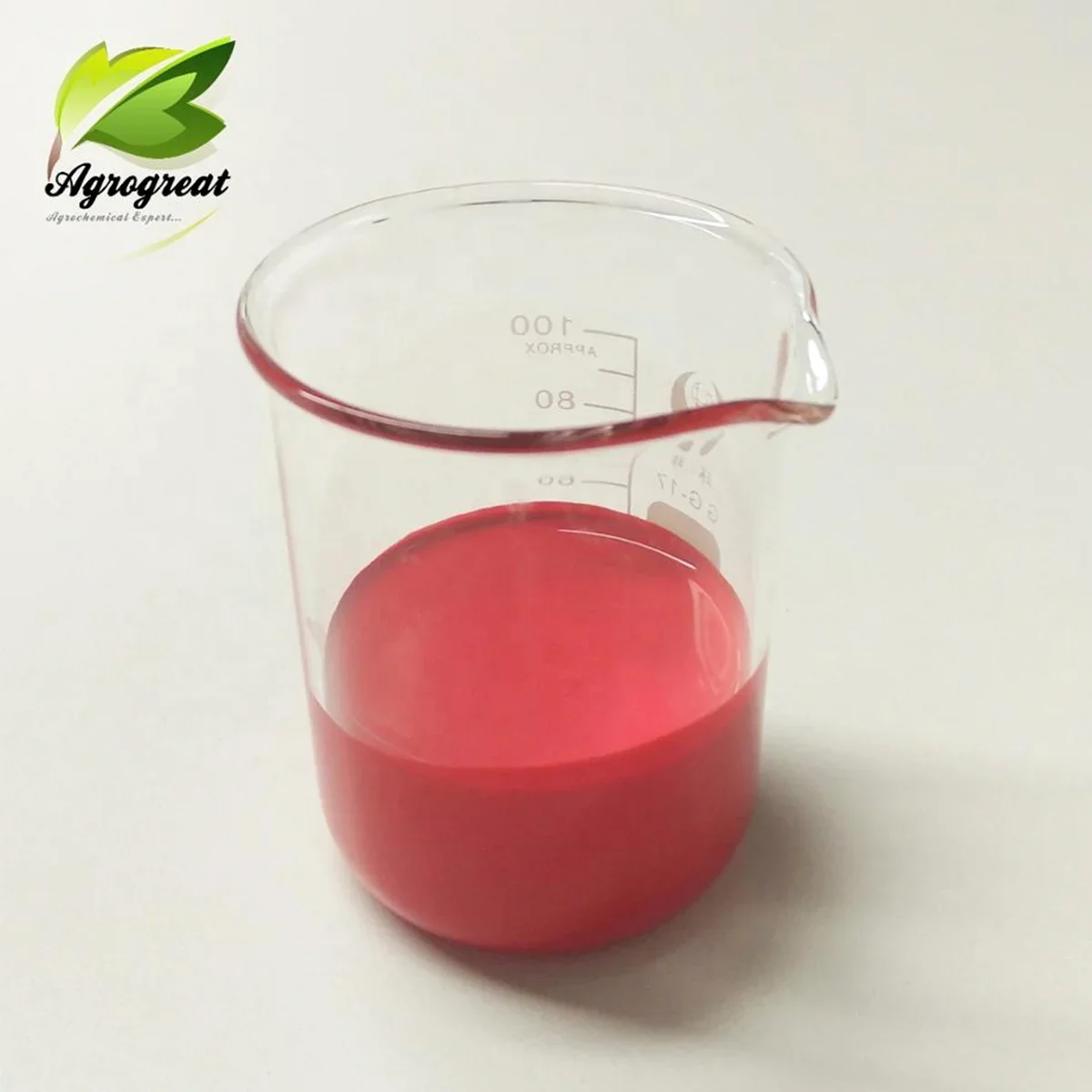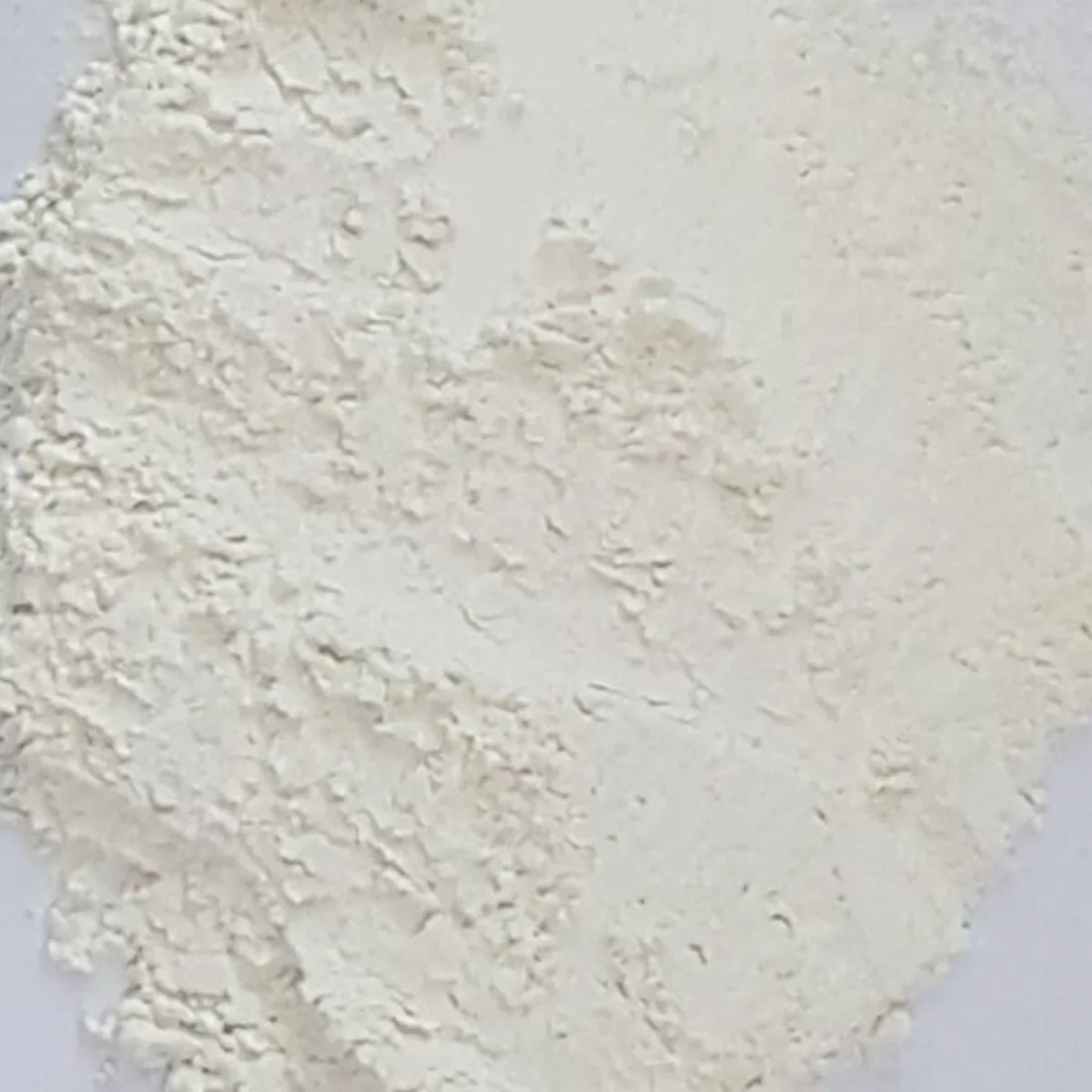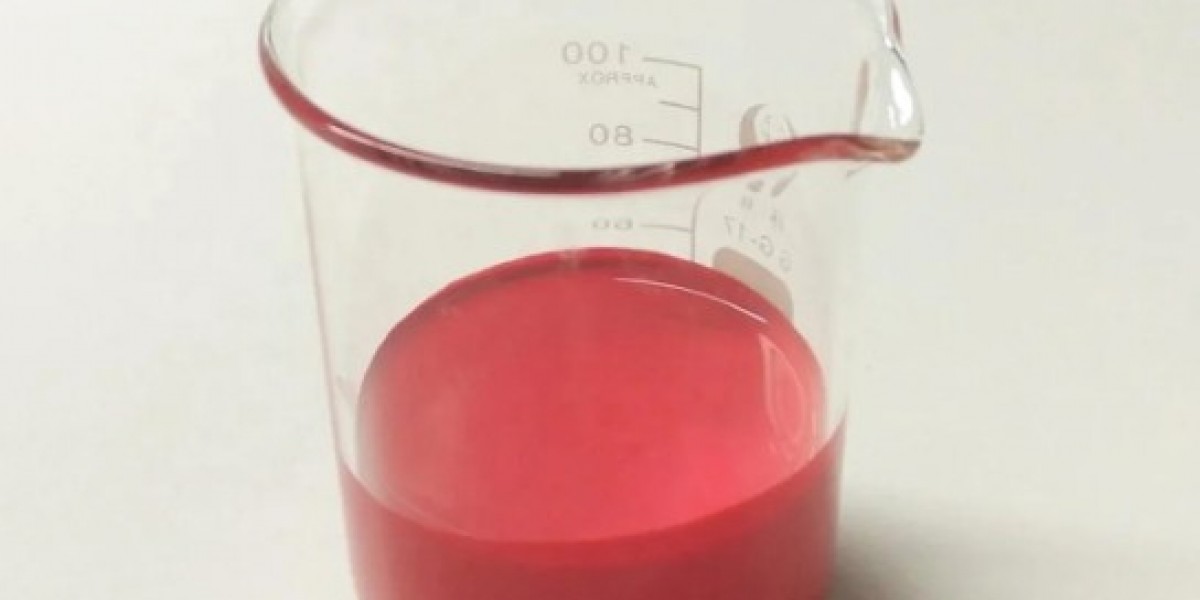Fludioxonil is a widely used fungicide that effectively controls fungal diseases in various crops. Its mechanism of action involves targeting specific molecular pathways within fungal cells, leading to the inhibition of fungal growth and the prevention of disease development. In this blog post, we will delve into the intricate details of how fludioxonil works to combat fungal infections, shedding light on its mode of action at the cellular level.
Mode of Action
1.Disruption of Signal Transduction Pathways:
Fludioxonilinterferes with signal transduction pathways in fungal cells, disrupting vital cellular processes. One of its primary targets is the osmotic stress response pathway. Fungi rely on this pathway to adapt to changes in osmolarity and maintain cellular homeostasis.Fludioxonilinhibits the activity of a key protein kinase, preventing the activation of downstream signaling cascades. This disruption impairs the fungal cell's ability to respond to osmotic stress, leading to a breakdown in cellular functions and ultimately inhibiting fungal growth.
2.Inhibition of Glycerol Synthesis:
Glycerol is an essential osmolyte that helps fungi regulate intracellular osmotic balance. Fludioxonil inhibits the enzyme responsible for glycerol synthesis, resulting in a decrease in intracellular glycerol levels. This disruption of glycerol metabolism leads to cellular dehydration and osmotic stress, which are detrimental to fungal growth. Without sufficient glycerol, the fungal cells struggle to maintain turgor pressure and survive in hypo-osmotic conditions, ultimately leading to the inhibition of fungal growth.

3.Disturbance of Reactive Oxygen Species (ROS) Homeostasis:
Reactive oxygen species (ROS) play a crucial role in fungal physiology, including signaling, defense, and cell wall remodeling. Fludioxonil disrupts ROS homeostasis by inhibiting the synthesis of antioxidants and increasing ROS levels within fungal cells. The accumulation of ROS causes oxidative stress, damaging cellular components and disrupting vital metabolic processes. The imbalance in ROS homeostasis ultimately hampers fungal growth and impairs the ability of the pathogen to cause disease.
4.Inhibition of Spore Germination:
Fludioxonil also targets fungal spore germination, a critical stage in the fungal life cycle. It interferes with the activation of spore germination signaling pathways, preventing the initiation of germination processes. By inhibiting the germination of fungal spores, fludioxonil effectively stops the infection cycle and prevents the establishment of fungal diseases in plants.
Benefits of Fludioxonil
1.Broad-Spectrum Activity:
Fludioxonil exhibits a broad spectrum of activity against various fungal pathogens. It is effective against both ascomycetes and basidiomycetes, making it a valuable tool for controlling a wide range of fungal diseases in crops. Its versatility in targeting different fungal species contributes to its widespread use in agriculture.
2.Systemic and Translaminar Movement:
Fludioxonil exhibits systemic and translaminar movement within plants. This means that after application, the fungicide is absorbed by the plant and distributed throughout its tissues, including the leaves and stems. This systemic movement allows fludioxonil to provide long-lasting protection against fungal infections, even in areas not directly treated with the fungicide.
3.Residual Activity:
Fludioxonilhas excellent residual activity, meaning it remains effective for an extended period after application. This characteristic is particularly beneficial in crops with prolonged growth cycles or in regions with persistent fungal disease pressure. The residual activity of fludioxonil ensures continuous protection against fungal pathogens, reducing the need for frequent reapplications.

Conclusion
Fludioxonilis a powerful fungicide that inhibits fungal growth through multiple mechanisms of action. By disrupting signal transduction pathways, inhibiting glycerol synthesis, disturbing ROS homeostasis, and inhibiting spore germination, fludioxonil effectively controls fungal diseases in crops. Its broad-spectrum activity, systemic and translaminar movement, and residual efficacy make it a highly valuable tool for farmers and agronomists in managing fungal infections. Understanding the mechanism of action of fludioxonil provides valuable insights into its mode of action and aids in optimizing its usage for effective disease control.






